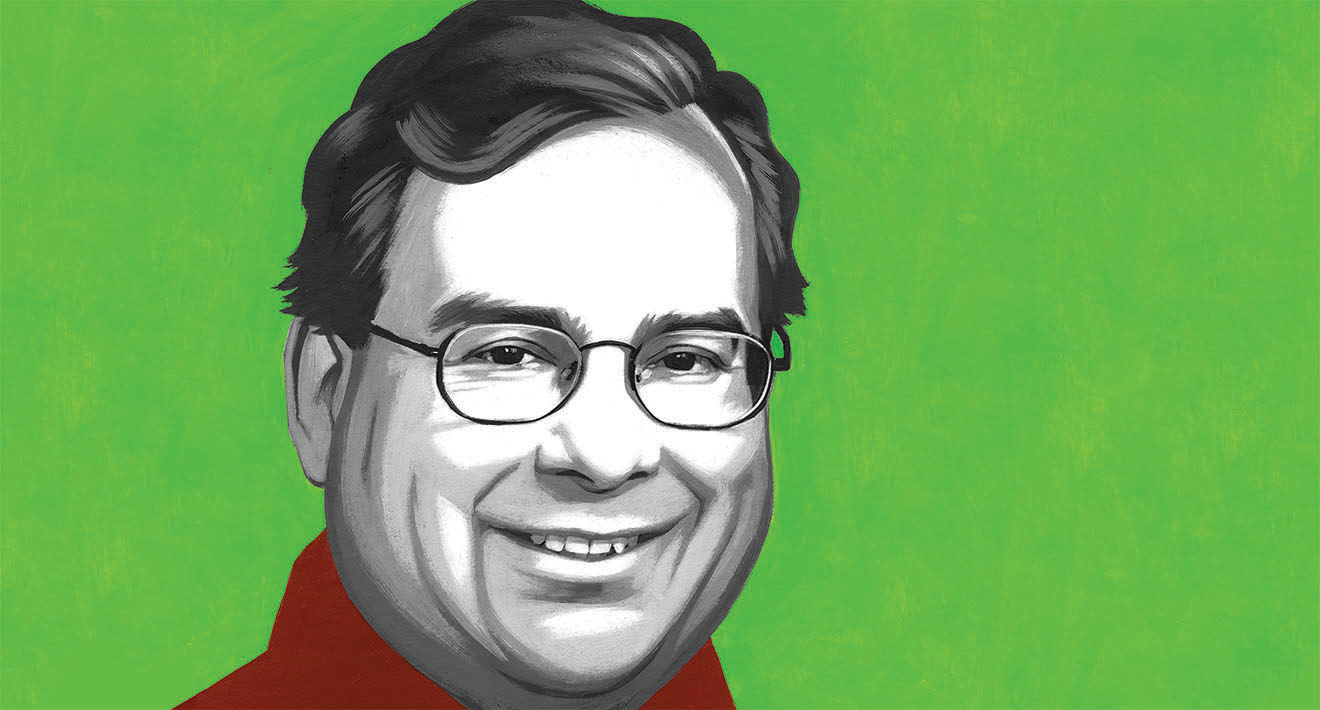David Villa is a modest man. He speaks in a slow, considerate fashion—a parallel could be drawn between his conversation style and his investment style, developed over 10 years as CIO of the State of Wisconsin Investment Board (SWIB).
CIO has written at length about SWIB’s forays into risk parity, while the pension’s unique hybrid risk-sharing structure—bonus payouts for beneficiaries are linked directly to the fund’s annual return–has also helped set SWIB apart from the rest of its public pension peers. His innovative thinking has seen him inducted to the 300 Club, an elite group of global investors and advisers who discuss the challenges facing their industry.
However, Villa doesn’t see his innovative investment style as his own personal achievement. Rather, it’s a longer-term move towards an investment structure specifically built to facilitate the $99 billion fund’s structure and mission. He repeats the mission throughout our conversation, and it’s clear that it is core to the way SWIB’s investment team operates.
“Our mission is to allow public employees to retire in dignity,” Villa succinctly explains. Certainly, the fund’s culture is something of which he is proud: “Surprisingly, I’m finding more and more that investment professionals really enjoy coming into the office every day knowing that’s their mission. Maybe this is because many have worked through the financial crisis. There’s a higher-than-normal degree of engagement that is tied to this mission.”
After a decade at the helm, and with a talented and engaged team in place, Villa is not slowing down. SWIB’s current three-year plan is due for renewal next year. With risk parity established and on a path from its current 7% of the portfolio toward 20%, what is next for the fund?
First, there’s the growth of the internal investment team. Since Villa moved to Wisconsin from the Florida State Board of Administration, where he was also CIO, he has grown the proportion of the portfolio managed in-house from 20% to roughly two-thirds. SWIB intends to create “an internally managed multi-asset division” akin to an asset management firm, Villa explains—but with one client and a “pure investment culture.” No marketing necessary.
The multi-asset division already exists, and runs two portfolios: a global securities portfolio and what Villa calls an “internally managed hedge fund.” It covers equities, fixed income, commodities, currencies, and has the ability to go short. The three-year plan is to grow assets in this division from $1 billion to $5 billion.
“We believe there are a lot of opportunities that can be expressed when you unconstrain a portfolio,” the CIO continues. “We also believe you can get more into the portfolio created from our analytical process.”
The expansion of SWIB’s internal capabilities has saved money too–a lot of money. Villa estimates that internal costs are roughly a third of external costs, a saving that he can “take to the bank every year”—or, more accurately, to his beneficiaries’ banks.
“The value added from external managers is not persistent, so if I can create the same value-add with a lower cost, that is paying a lot of benefits,” he says. And so the mission continues.
—Nick Reeve

Public Defined Benefit Plan Above $100 Billion Finalists
-
Florida State Board of Administration
(Ash Williams) -
New York State Common Retirement Fund
(Vicki Fuller) -
Teacher Retirement System of Texas
(Britt Harris) -
Washington State Investment Board
(Gary Bruebaker)










